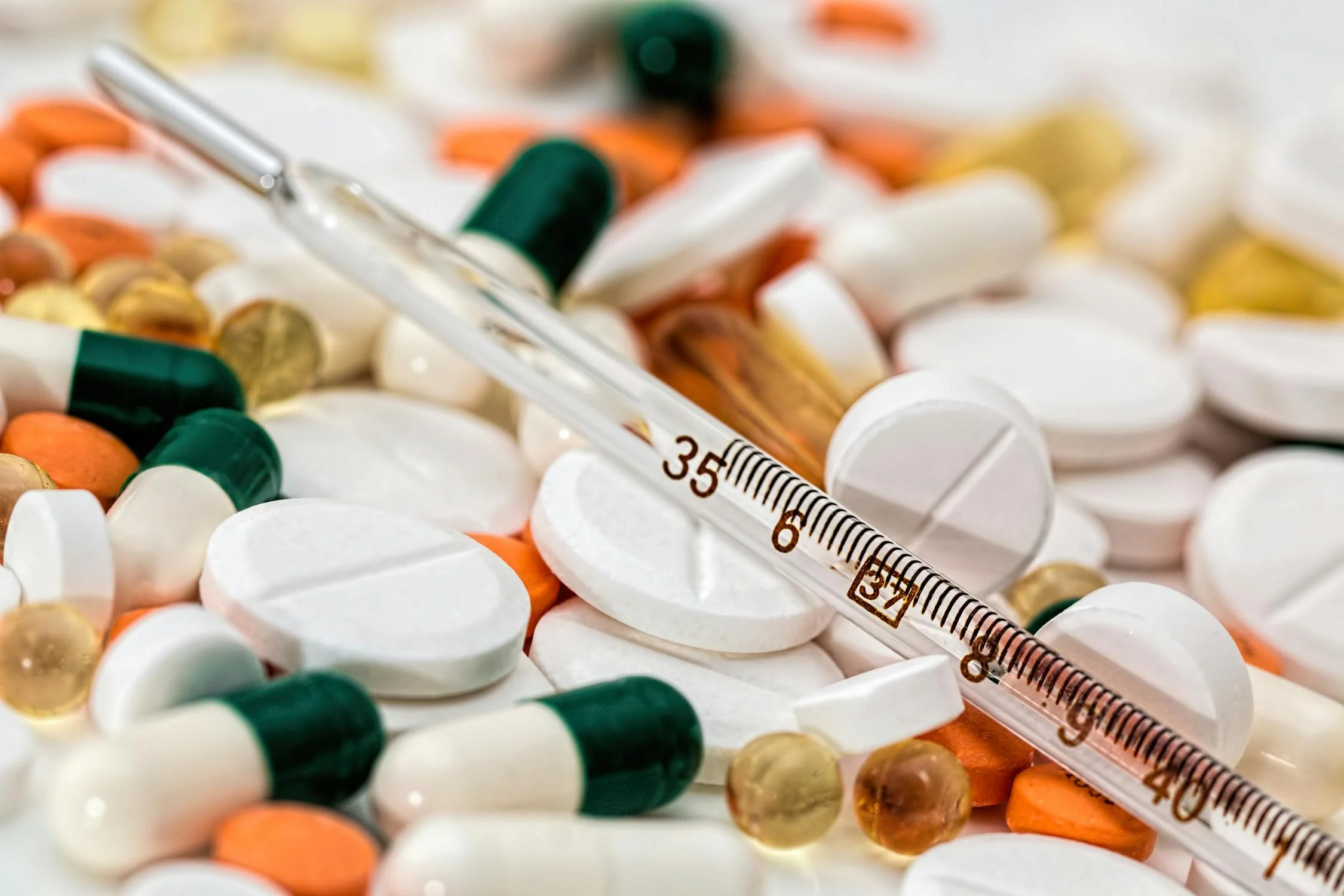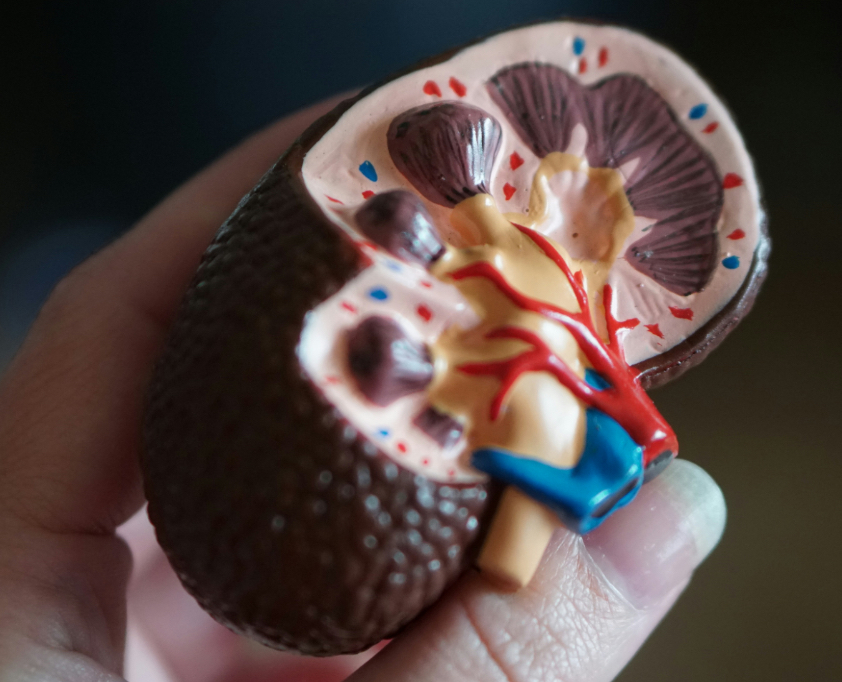Erythema nodosum (EN) is a reactive skin condition that can be associated with various diseases, infections, medications, and other triggers. Below is a comprehensive list of conditions and diseases commonly linked to erythema nodosum, grouped by category:
Infections
- Bacterial Infections:
- Streptococcal infections (e.g., pharyngitis, tonsillitis)
- Tuberculosis (Mycobacterium tuberculosis)
- Mycoplasma pneumoniae infection
- Yersinia enterocolitica or Yersinia pseudotuberculosis (gastroenteritis)
- Chlamydia pneumoniae or Chlamydia trachomatis infections
- Salmonella or Campylobacter infections
- Leprosy (Hansen’s disease)
- Brucellosis
- Bartonella (cat scratch disease)
- Viral Infections:
- Epstein-Barr virus (EBV, infectious mononucleosis)
- Hepatitis B virus (HBV)
- Hepatitis C virus (HCV)
- Cytomegalovirus (CMV)
- HIV infection
- Herpes simplex virus (HSV)
- Parvovirus B19
- Fungal Infections:
- Coccidioidomycosis (Valley fever)
- Histoplasmosis
- Blastomycosis
- Sporotrichosis
- Parasitic Infections:
- Toxoplasmosis
- Amebiasis (Entamoeba histolytica)
- Giardiasis
Inflammatory and Autoimmune Diseases
- Sarcoidosis (most common systemic association in adults)
- Inflammatory bowel disease (Crohn’s disease, ulcerative colitis)
- Behçet’s disease
- Systemic lupus erythematosus (SLE)
- Rheumatoid arthritis
- Ankylosing spondylitis
- Sweet’s syndrome (acute febrile neutrophilic dermatosis)
- Granulomatosis with polyangiitis (Wegener’s granulomatosis)
- Polyarteritis nodosa
Malignancies
- Lymphoma (Hodgkin’s and non-Hodgkin’s)
- Leukemia (acute or chronic)
- Solid tumors (rare, e.g., pancreatic cancer, lung cancer)
Medications
- Oral contraceptives (estrogen-containing)
- Antibiotics (e.g., sulfonamides, penicillins, macrolides)
- Nonsteroidal anti-inflammatory drugs (NSAIDs)
- Bromides or iodides
- Proton pump inhibitors (e.g., omeprazole)
- Biologics (e.g., TNF-alpha inhibitors, rarely)
Pregnancy
- EN can occur during pregnancy, likely due to hormonal changes or immune system alterations.
Other Conditions
- Idiopathic (no identifiable cause, accounts for 30–50% of cases)
- Alpha-1 antitrypsin deficiency
- Thyroid disorders (e.g., Hashimoto’s thyroiditis)
- Diverticulitis
- Primary biliary cholangitis
Notes:
- The association of EN with these conditions varies by geographic region, patient population, and underlying risk factors.
- In children, streptococcal infections and idiopathic cases are more common, while sarcoidosis and inflammatory bowel disease are frequent in adults.
- Diagnosis of the underlying cause often requires a thorough history, physical exam, and targeted testing (e.g., chest X-ray for sarcoidosis, throat culture for streptococcus, or serologies for infections).
Erythema nodosum (EN) typically appears on the anterior shins (front of the lower legs), which is the most common and characteristic location. The nodules are usually bilateral, symmetric, and found on the skin over the tibia.
Other Possible Locations:
While the shins are the primary site, EN can occasionally affect other areas, including:
- Thighs
- Forearms
- Trunk (rarely)
- Face (very rare, more common in children)
The lesions are typically subcutaneous nodules or plaques, red or purple, tender, and warm, ranging from 1–5 cm in size. They do not ulcerate and usually resolve within weeks, often with a bruise-like appearance (erythema contusiforme).
Disclaimer: owerl is not a doctor; please consult one. Don’t share information that can identify you.


Leave a Reply